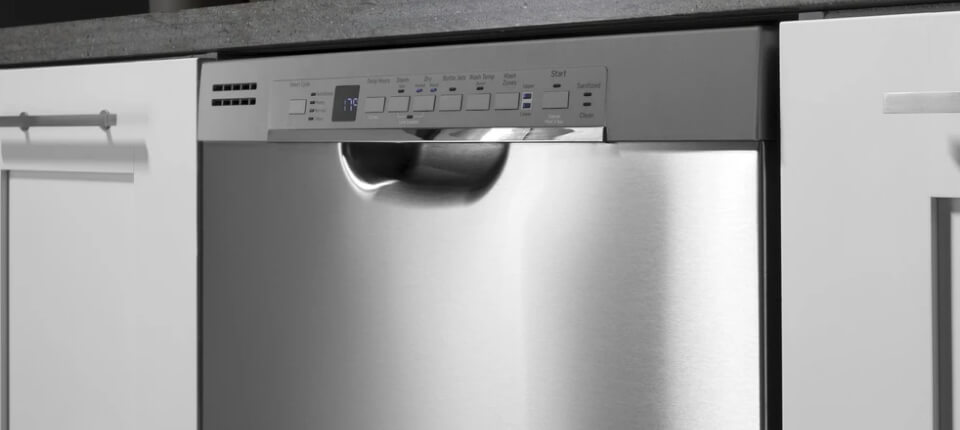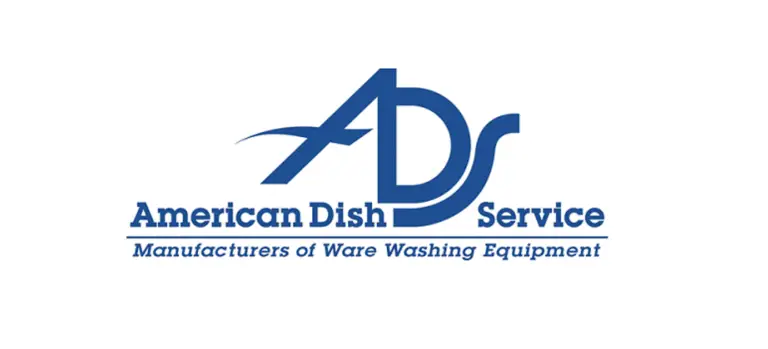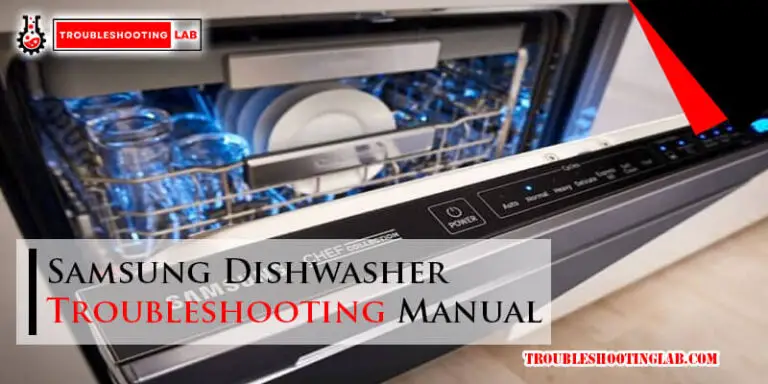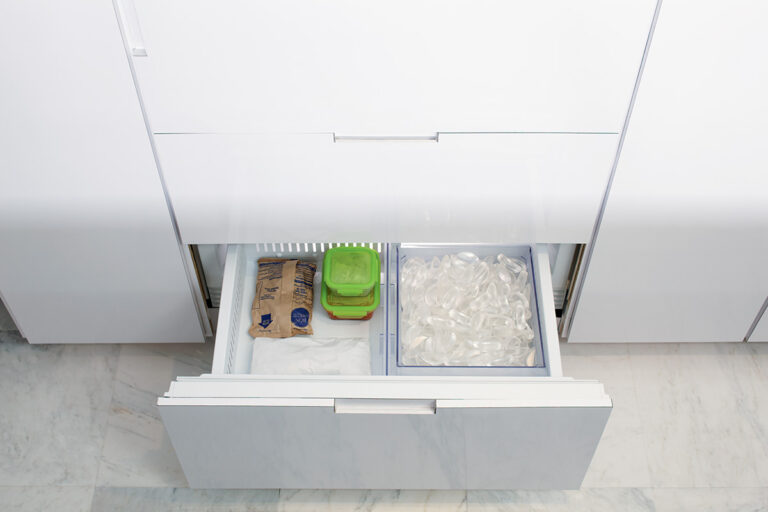Ge Profile Dishwasher Troubleshooting: Easy Fixes & Tips
To troubleshoot a GE Profile dishwasher, check the power supply and inspect for error codes. Examine filters and spray arms for blockages.GE Profile dishwashers are known for their efficiency and durability. Despite this, users may occasionally face issues that require troubleshooting. Common problems include power supply failures, blocked filters, and malfunctioning spray arms. Identifying error codes can also provide specific insights into what needs fixing.
Regular maintenance and prompt attention to minor issues can prevent major problems. This guide aims to help you quickly and effectively address any issues with your GE Profile dishwasher, ensuring it operates smoothly and efficiently. Follow these troubleshooting tips to keep your dishwasher in top condition.

Common Issues
Having trouble with your GE Profile dishwasher? You’re not alone. Many users face common issues that can be easily fixed. This section will cover the most frequent problems and their solutions.
Not Starting
A dishwasher that won’t start can be frustrating. Here are some things to check:
- Power Supply: Ensure the dishwasher is plugged in.
- Door Latch: The door must be fully closed and latched.
- Control Lock: Check if the control lock is on. Turn it off to start the dishwasher.
- Circuit Breaker: Verify the circuit breaker is not tripped.
Not Draining
If your dishwasher isn’t draining, it can be a big issue. Here are steps to troubleshoot:
- Filter and Drain Hose: Check for clogs in the filter and drain hose.
- Garbage Disposal: Ensure the garbage disposal is not clogged.
- Air Gap: Inspect the air gap for blockages.
- Pump: Listen for the pump running. If silent, it might need replacement.
Leaking
Leaking can cause water damage. Address it quickly by checking the following:
- Door Seal: Look for cracks or wear on the door seal.
- Water Inlet Valve: Ensure it’s tightly connected and not leaking.
- Dishwasher Alignment: Check if the dishwasher is level.
- Detergent: Use the correct detergent to avoid excess suds.
Basic Checks
Experiencing issues with your GE Profile Dishwasher can be frustrating. Before calling for professional help, conduct some basic checks. These simple steps can solve many common problems quickly.
Power Supply
First, confirm that the dishwasher is receiving power. Check the power cord and ensure it’s plugged in. Verify that the circuit breaker hasn’t tripped. If your dishwasher is hardwired, inspect the connection for any loose wires.
Door Latch
Next, examine the door latch. The dishwasher won’t start if the door isn’t securely latched. Ensure the latch is free from debris and clicks into place. Sometimes, food particles can obstruct the latch, preventing proper closure.
Control Settings
Finally, review the control settings. Make sure you’ve selected the correct wash cycle. Some dishwashers have a delay start option; ensure this isn’t activated. Check if the child lock feature is engaged, as this can prevent the dishwasher from starting.
| Check | Action |
|---|---|
| Power Supply | Ensure the dishwasher is plugged in and the circuit breaker is on. |
| Door Latch | Ensure the door is securely latched and free from debris. |
| Control Settings | Check the cycle settings and ensure no delay start or child lock is active. |
Cleaning Filters
Cleaning the filters of your GE Profile dishwasher is crucial for its performance. This step ensures that food particles and debris don’t block the water flow. Follow these steps to keep your dishwasher running smoothly.
Locating Filters
The filters are usually found at the bottom of your dishwasher. Open the dishwasher door and pull out the bottom rack. Look for a round or rectangular filter cover. This cover sits near the spray arm at the bottom.
Removing Debris
Twist the filter cover counterclockwise to remove it. Lift the filter out carefully. Check the filter and the area around it for any debris.
- Remove food particles by hand.
- Use a soft brush for stubborn debris.
- Rinse the filter under warm water.
Place the filter back and twist it clockwise to secure it.
Regular Maintenance
To maintain your GE Profile dishwasher, clean the filters once a month. This routine keeps your dishwasher efficient. A clean filter prevents clogs and enhances water flow.
| Task | Frequency |
|---|---|
| Check for debris | Weekly |
| Clean filters | Monthly |
Remember, a clean filter means a clean dishwasher. Always keep the filters clean to ensure the best performance.
Spray Arms Maintenance
Maintaining your GE Profile dishwasher’s spray arms is essential for optimal performance. Spray arms distribute water to clean dishes. Over time, they can clog or wear out. Regular maintenance ensures they function efficiently.
Removing Spray Arms
First, turn off and unplug your dishwasher. Open the door and remove the bottom rack to access the spray arms. Locate the spray arm’s securing nut or screw. Use a screwdriver or wrench to loosen it. Carefully lift the spray arm out.
Cleaning Nozzles
Inspect the nozzles for clogs or debris. Use a small brush or toothpick to clear blockages. Soak the spray arm in warm, soapy water for 15 minutes. Scrub gently to remove any remaining grime. Rinse thoroughly under running water.
Reinstalling
Place the cleaned spray arm back in its position. Align it correctly with the securing nut or screw. Tighten the nut or screw with a screwdriver or wrench. Ensure the spray arm spins freely. Replace the bottom rack and close the dishwasher door.
Regular spray arm maintenance enhances cleaning efficiency. It extends the lifespan of your GE Profile dishwasher. Follow these steps to keep your dishwasher in top shape.
Detergent And Rinse Aid
Maintaining your GE Profile Dishwasher is key to sparkling dishes. Two critical elements are the detergent and rinse aid. Proper use ensures efficiency and cleanliness. Let’s explore these aspects in detail.
Choosing Detergent
Choosing the right detergent is crucial. Use a detergent specifically designed for dishwashers. Here are a few tips:
- Powdered Detergents: Effective for hard water areas. They dissolve easily.
- Gel Detergents: Ideal for soft water. They provide gentle cleaning.
- Tablets or Pods: Convenient and pre-measured. Ensure they fit your dispenser.
Avoid using regular dish soap. It creates excessive suds. Always check the manufacturer’s recommendations.
Refilling Rinse Aid
Rinse aid helps prevent water spots and improves drying. Follow these steps to refill:
- Open the rinse aid dispenser cap.
- Fill it until the indicator shows “Full”.
- Close the cap securely.
Use a liquid rinse aid recommended by GE. Avoid overfilling to prevent leaks.
Avoiding Overuse
Overusing detergent or rinse aid can cause issues. Too much detergent leads to residue. Here are some tips to avoid overuse:
- Follow the dosage instructions on the detergent package.
- Use the detergent dispenser’s measuring lines.
- Check the rinse aid settings on your dishwasher. Adjust as needed.
Using the right amount keeps your dishwasher efficient. It also extends its lifespan.
Resetting The Dishwasher
Dealing with issues in your GE Profile dishwasher can be frustrating. Sometimes, a simple reset is all you need to get it back on track. Resetting the dishwasher can solve many minor problems. Below are different ways to reset your GE Profile dishwasher.
Soft Reset
A soft reset is the first step to try. It is easy and quick:
- Press the Start/Reset button on the control panel.
- Wait for two minutes for the dishwasher to drain.
- After the draining stops, your dishwasher should be reset.
If the issue persists, consider performing a hard reset.
Hard Reset
A hard reset is more thorough. It involves cutting off the power:
- First, unplug the dishwasher from the power source.
- Wait for five minutes to allow the machine to reset.
- Plug the dishwasher back in and turn it on.
This method often resolves deeper issues. It is useful if the soft reset fails.
When To Reset
Knowing when to reset your dishwasher is crucial:
- Error Codes: If you see error codes on the display.
- Unresponsive Controls: When the control panel stops responding.
- Unfinished Cycles: If the dishwasher cycle stops mid-way.
- Unusual Noises: When the dishwasher makes strange sounds.
These signs indicate that a reset might be needed. Try the soft reset first. If the problem continues, do a hard reset.
Error Codes
Encountering error codes on your GE Profile dishwasher can be confusing. These codes help identify specific issues with the appliance. Understanding these codes can save time and effort. Here, we break down what these error codes mean and how to resolve them.
Interpreting Codes
GE Profile dishwashers display error codes to indicate problems. Each code corresponds to a specific issue. Here’s how to interpret them:
- E1: Water supply issue.
- E2: Drainage problem.
- E3: Heating issue.
- E4: Water leak detected.
Common Codes
Here are some of the most common error codes you may encounter:
| Error Code | Description | Possible Cause |
|---|---|---|
| E1 | Water supply issue | Check water inlet valve |
| E2 | Drainage problem | Check drain hose and filter |
| E3 | Heating issue | Check heating element |
| E4 | Water leak detected | Inspect for leaks |
Steps To Resolve
Follow these steps to resolve common error codes:
- For E1: Ensure the water valve is open.
- For E2: Clean the drain hose and filter.
- For E3: Inspect the heating element.
- For E4: Check for any visible leaks.
If the problem persists, consult the user manual or contact a professional.
Professional Help
When your GE Profile dishwasher acts up, it can be frustrating. Sometimes, you need professional help to solve the problem. Here’s how to know when to call, find a technician, and understand the cost considerations.
When To Call
Not all dishwasher issues need a professional. Simple problems like a clogged filter can be fixed easily. But, you should call a technician for:
- Water leaks
- Strange noises
- Electrical issues
- Persistent error codes
If your dishwasher won’t start, it’s time to call. A professional can quickly diagnose and fix it.
Finding A Technician
Finding the right technician is crucial. Look for:
- Certified GE technicians
- Positive customer reviews
- Reasonable rates
Ask friends and family for recommendations. Read online reviews to ensure quality service. Consider using GE’s own service network for trusted repairs.
Cost Considerations
Professional repairs can be costly. Here’s a breakdown:
| Service | Estimated Cost |
|---|---|
| Basic inspection | $50 – $100 |
| Minor repairs | $100 – $200 |
| Major repairs | $200 – $500 |
Costs vary based on the problem and your location. Always get an estimate before work begins. Knowing the costs upfront helps avoid surprises.
Frequently Asked Questions
What Is The Most Common Problem With Ge Dishwashers?
The most common problem with GE dishwashers is drainage issues, often caused by a clogged filter or drain hose.
How Do I Reset My Ge Profile Dishwasher?
To reset your GE Profile dishwasher, press the “Start/Reset” button. Wait a few minutes for it to reboot.
How Do I Run A Diagnostic Test On My Ge Dishwasher?
To run a diagnostic test on your GE dishwasher, press the “Start” button and then “Heated Dry” twice. Close the door. The diagnostic cycle will begin automatically.
Why Won’t My Ge Profile Dishwasher Start?
Your GE Profile dishwasher might not start due to a tripped circuit breaker, door latch issues, or a faulty control panel. Check these components.
How To Reset Ge Profile Dishwasher?
To reset, press the “Start/Reset” button. Wait 2 minutes for the dishwasher to reset.
Conclusion
Maintaining your GE Profile dishwasher is essential for optimal performance. Follow these troubleshooting tips to resolve common issues quickly. Regular care and timely repairs can extend its lifespan. Always consult your user manual for specific guidance. A well-maintained dishwasher ensures clean dishes and peace of mind.
Keep your appliance running smoothly with these simple steps.






